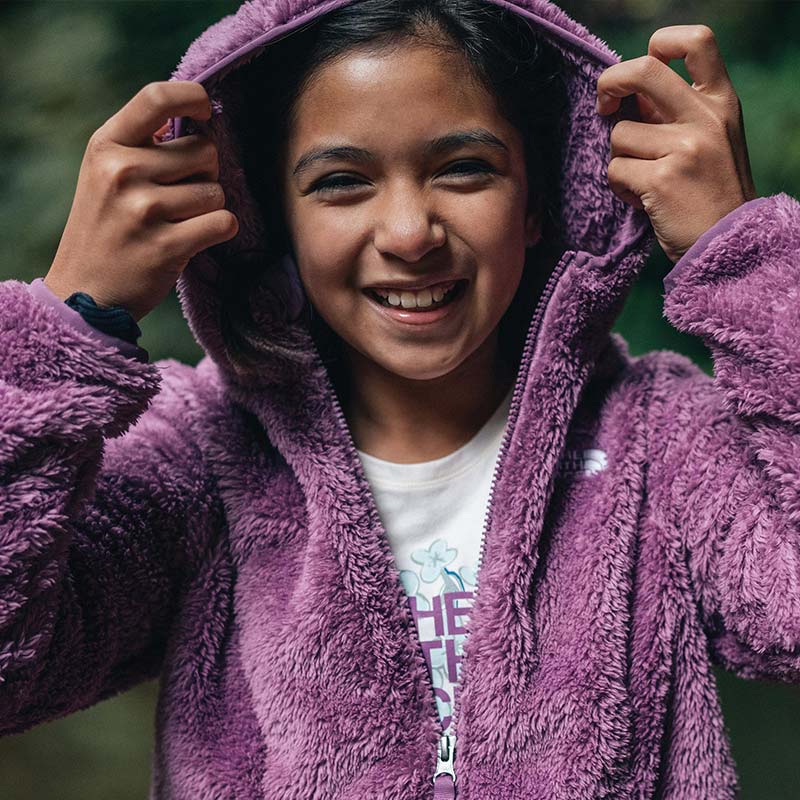The clothes you take outdoors are called a layering system because the pieces work together to keep you warm, dry, and comfortable. It’s not complicated: Swap, add, or drop layers as conditions and your level of exertion change. But the better you are at adjusting layers to stay in the sweet spot and avoid getting too hot or too cold, the longer you’ll be able to stay out and the more you’ll enjoy it. Here are the key pieces of any layering system and how to manage them.
Baselayer
Your next-to-skin layer comes first: In milder weather, that’ll be a short-sleeve or long-sleeve top on its own. In cold weather, you might need baselayer bottoms (long johns) under your pants as well. A baselayer’s job is to wick sweat away from your skin so you stay dry—getting wet quickly leads to getting chilled, which can be downright dangerous in cold weather. Most baselayers are made of merino wool or synthetic fabrics like polyester or nylon. Avoid cotton, which absorbs moisture and dries slowly (though it can be a good choice in the hottest weather). Baselayers should fit fairly snugly for the best moisture management, but not so tight as to constrict movement.
Midlayer
Next come midlayers, which are slightly thicker and warmer than baselayers and range from vests to full-zip light jackets. Wear one when it’s too cold for just a baselayer top, or pull one on during rest breaks (your body will quickly cool down when you stop moving). You might also want to sleep in one for extra insulation. Midlayers come in a variety of fabrics, from gridded fleece to merino wool. They should fit fairly snugly as well to help them layer under warmer jackets smoothly.
Insulation
This is a puffer jacket made with down or synthetic fill, and it’s really just a warmer midlayer. A puffer is a must for fall, winter, and spring—plus summer, if you’re spending time at higher altitudes. Insulated jackets are great for pulling over midlayers during rest breaks and when you reach camp; they’re typically too warm to wear during any strenuous activity, unless it’s really cold. They range from ultralight jackets perfect for summer alpine backpacking trips to bulky parkas meant for mountaineering expeditions.





